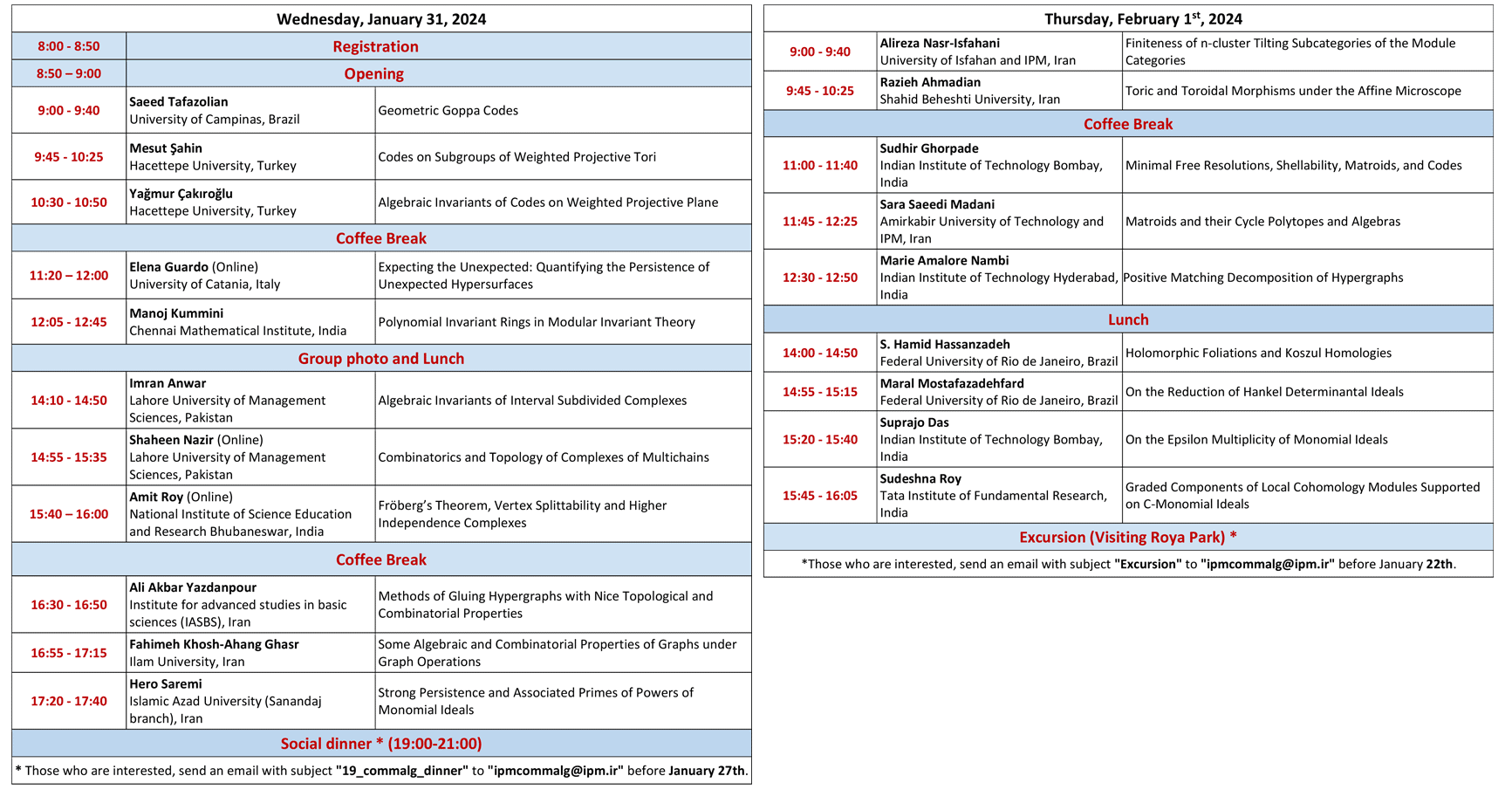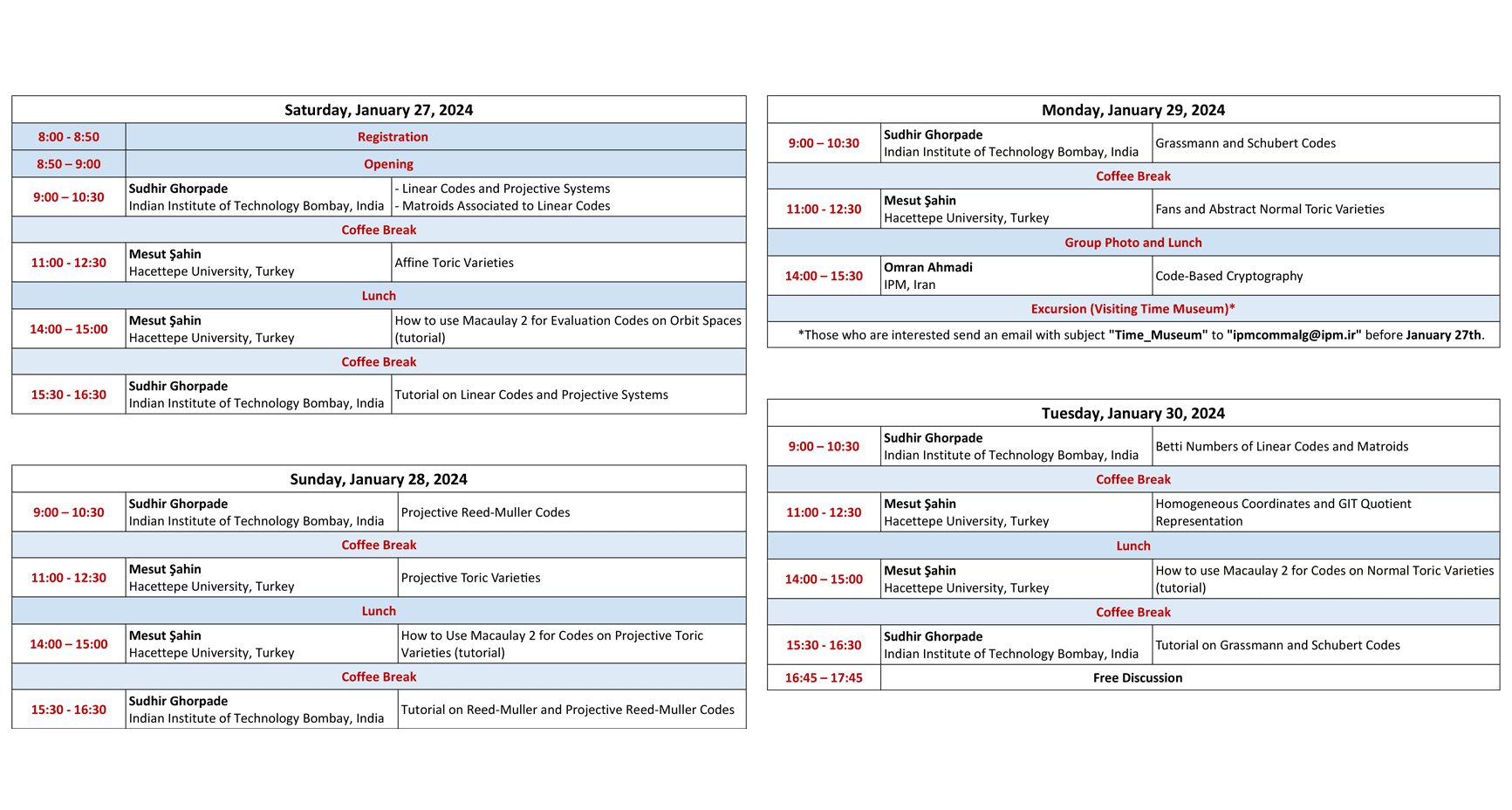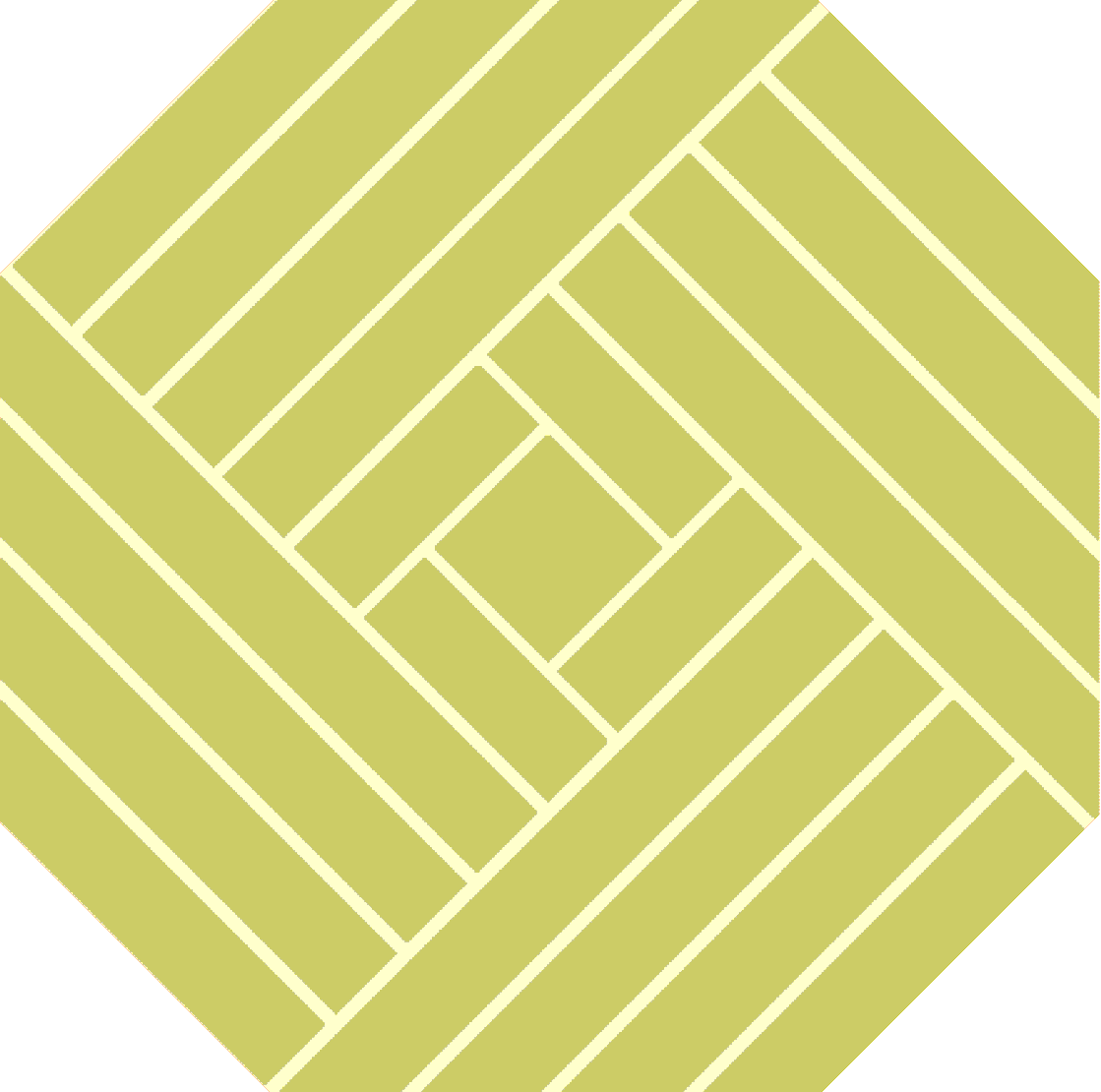Abstract:
Walker introduced the interval subdivision of a simplicial complex. This talk will explore the ring-theoretic properties of Stanley–Reisner rings associated with simplicial complexes undergoing interval subdivisions. The focus encompassescomputational aspects such as dimension, Hilbert series, multiplicity, local cohomology, depth, and regularity of theresulting Stanley–Reisner ring. Moreover, I will present some interesting results concerning the non-vanishing of gradedBetti numbers and bounds on Betti numbers for these Stanley-Reisner rings. This is my joint work with Shaheen Nazir, which recently appeared in the Communications in Algebra.




 AARMS (Atlantic Association for Research in the Mathematical Sciences)
AARMS (Atlantic Association for Research in the Mathematical Sciences)
 Compositio Mathematica
Compositio Mathematica
